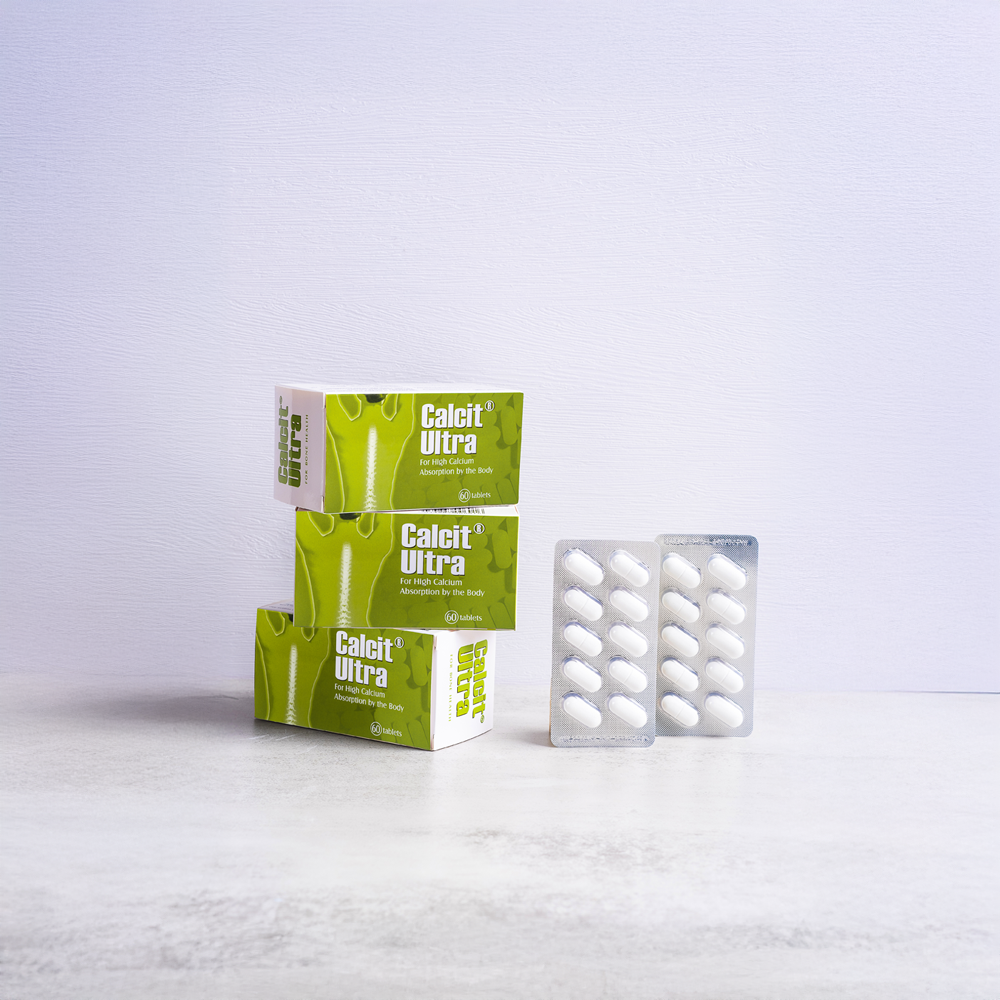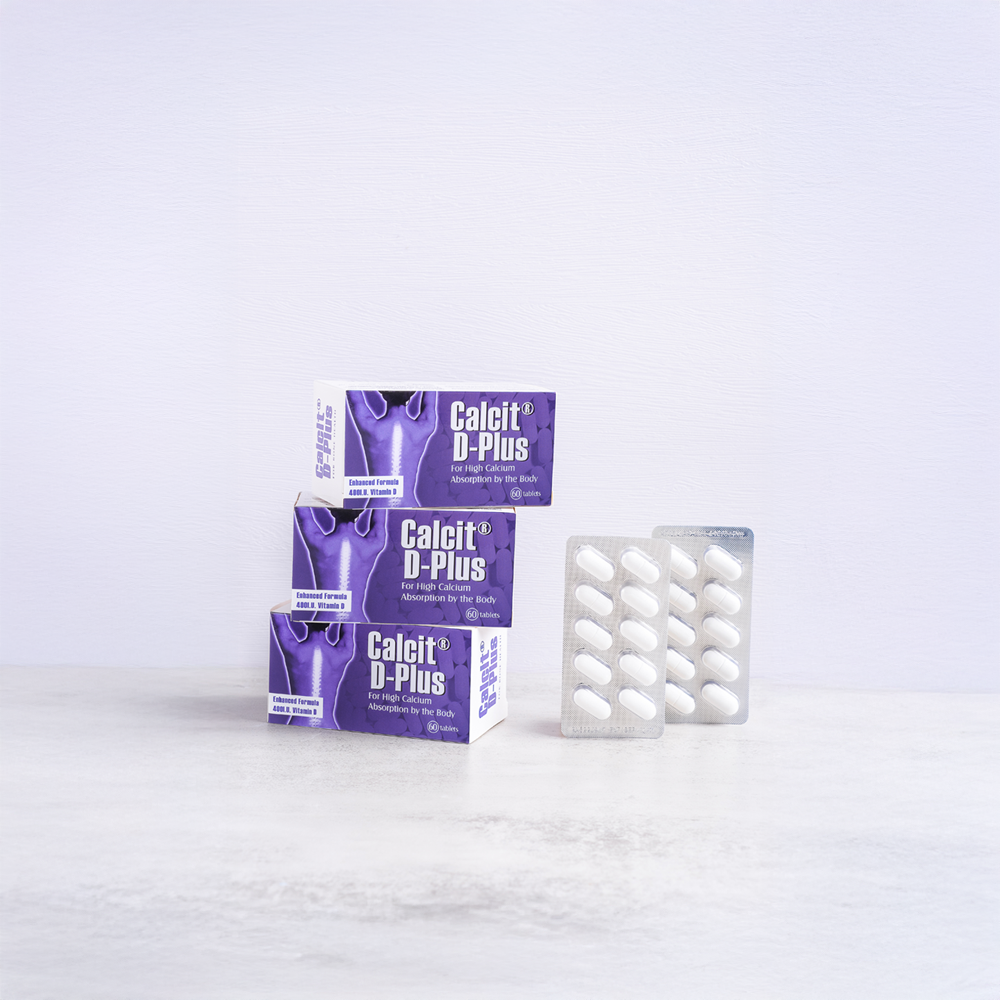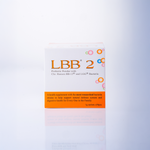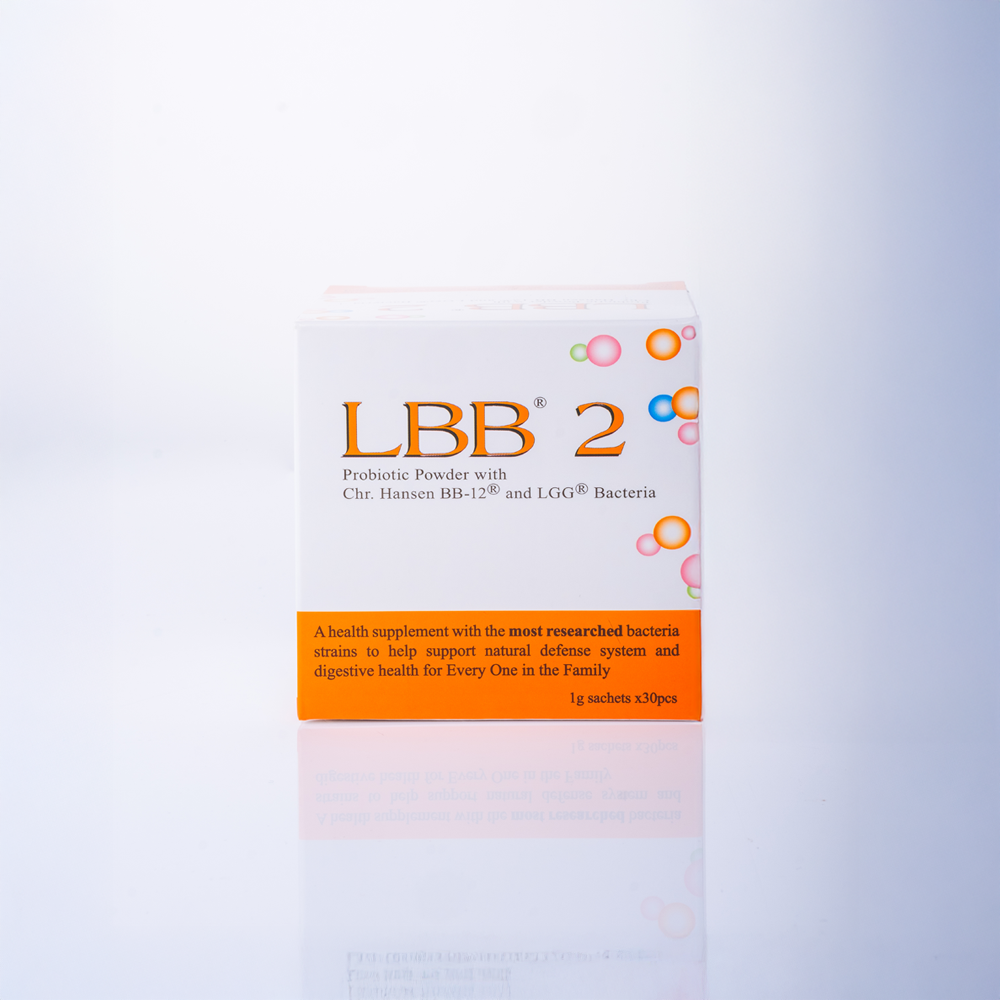
LBB2 Probiotic 30s
Estimated delivery between December 16 and December 18.
Amount per serving (Serving Size: 1 sachet)
18 billion viable Bifidobacterium lactis and Lactobacillus rhamnosus at time of manufacture
Suggested Use:
Adults: 2-3 sachets daily
Children: 1-2 sachets daily
No. Different strains and species of probiotics have unique properties and effects on the body, meaning some might be better suited for certain health needs than others.
To be a true probiotic, a product must contain live and active bacterial cultures, and it should indicate this on its packaging.
Pay close attention to the label and how your probiotics should be stored. Generally, you’d want to keep them refrigerated (and make sure the place you’re buying them from does the same). Heat can kill off the microorganisms in your probiotics if they’re not stored correctly. Alternatively, look for products which formulated with techniques such as nitrogen filling to ensure that the probiotics are stable and viable at room storage.
Also, look for a probiotic that is encapsulated with a food source, such as inulin, so it has something to feed off of and remain viable while sitting on the shelf.
The FAO/WHO defines probiotics as "live microorganisms which when administered in adequate amounts confer a health benefit on the host".This definition, established in 2001, is widely accepted and used in the scientific community.
Key Points:
- Live Microorganisms: Probiotics are not dead or inactive bacteria or yeasts.
- Adequate Amounts: The definition emphasizes that the microorganisms must be administered in a sufficient quantity to have a noticeable effect.
- Health Benefit: The primary characteristic of probiotics is their ability to provide a positive impact on the host's health.
KEY INGREDIENTS
Bifidobacterium, BB-12
The BB-12®strain has been described in around 400 scientific publications and supported by more than 200 publications describing studies in humans. Through scientific investigation, BB-12®has been associated with benefits in the areas of gastrointestinal health and immune health. The BB-12® strain has been tested in a range of people, from preterm babies through to the elderly, and across several health areas.
Lacticaseibacillus rhamnosus, LGG
Since 1985, Lacticaseibacillus rhamnosus, LGG® has been the subject of more than 2,000 scientific publications, including 300 publications of human studies. LGG® has been used worldwide since 1990 as an ingredient in food and dietary supplements with no safety issues.
This wealth of clinical documentation demonstrates the strain’s benefits and safety across life stages and health areas, from new-borns, children, pregnant women, adults and the elderly.















